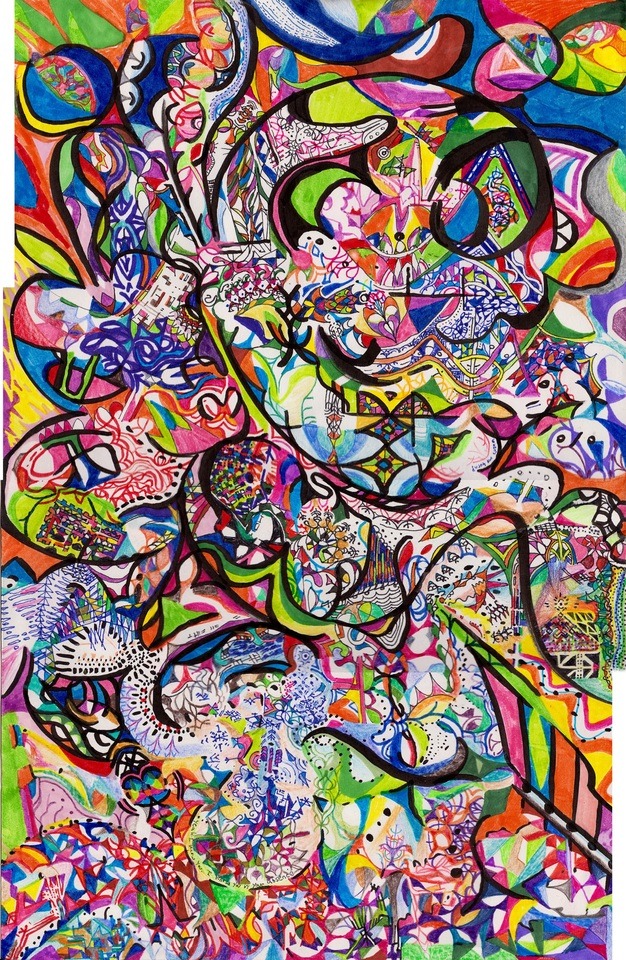#cyatheales
Text

Dicksonia antarctica
20-JAN-2023
Melbourne, Vic
#australia#victoria#melbourne#australian natives#native flora#fern#tree fern#soft tree fern#man fern#tracheophytes#polypodiophyta#polypodiopsida#cyatheales#dicksoniaceae#dicksonia#dicksonia antarctica#fern frond
0 notes
Text
thinking about “ok actually what fursonae/[x]girlsonae do i want to have”
this will probably end up mostly being ‘basic bitch’-y. i admit to mostly only looking as deep as single species in, like, reptiles and mammals, and i expect a lot of this will revolve around “what if was humen shaped”
my first basic bitch move: im probably not gonna have anything microscopic. no disrespect to bacteria archaea and most eukaryotes but im sorry i dont have the power
this is going to be long!
okay. first
ediacaran biota: there is absolutely no way i can do them justice. but i love them so dearly and need to be them
slime molds: slime molds are really cool but i dont know if i can do them justice. thing to keep in mind though!!
lichens: lichens are the fucking best. the only problem here is this character is probably some sort of rockgirl with lichen growing on her... which i suppose isn’t a BAD problem to have
ferns: ferns can be fun and weird. they’re a big group with a lot of variety so i think a ferngirl is feasible! considering arborescent ferns like the cyatheales.
conifers: FUCK YOU THERE ARE THERE ARE DECIDUOUS CONIFERS. i could be an amazing larch
water lilies: water lilies are kind of gender and wow that looks utterly meaningless as a phrase. but like. they are!
cassytha: i like parasitic vines! cassytha are a good example but i’d be open to other parasitic vinegirls
triuridaceae: i really like flowering achlorophyllous plants. and you say they get their food by digesting intracellular fungi? delightful. also they look SO WEIRD
bromeliads: core problem- there are carnivorous and myrmecophyte bromeliads but they aren’t in the groups of bromeliad i find cutest. otherwise like come on who doesnt want a bromeliadsona
plane trees: i love those awful hell achenes
venus flytraps: i mean there’s SO much fun stuff to be had with a dionaeasona! they’re what a lot of people think of when they hear “carnivorous plant” for a reason.
ivy: ivy are wonderful!
violets: violets are among my favorite flowers especially when they’re really really tiny and especially when clustered
pomegranates: pomegranates are my absolute favorite fruit and they’re very pretty and have very pretty flowers and did i mention they’re very pretty
fungi: the core problem with fungi is the part one’s interested in is the fruiting body, and unlike with (at least some) plants the aboveground part is mostly inconsequential. however i’m thinking of bracket fungi, earthstars, and chanterelles. it is downright criminal of me to go into as much detail as i did with plants and will be doing with animals but not as much as with fungi so it’s going to have the longest description thing
sponges: i can’t do sponges because the concept of a spongesona has been monopolized by the paramount corporation with the character “bob”
comb jellies: comb jellies are so cool and the extremely underrepresented field of “jelly sonas” (DO NOT CONFUSE WITH SLIMEGIRLS) deserves my mark. theyre so good
hydrozoans and jellyfish: there is so much cool variety here. you’ve got tons of bioluminescent stuff, colonial porpitas and siphonophores, some freshwater stuff, a few that have photosynthetic symbiotes, and even some active predators. the life cycle of larva -> asexual polyp -> medusa -> sexual polyp is so cool, though there’s stuff missing various of those phases obvi
vampire squid: the joined arms are really cool and i like them, so i think vampire squids are my preferred cephalopods for sona purposes. you know ursula?
chitons: there isnt enough respect for chitons. i like them and i hope i will be able to make a girl
bryozoans: i love bryozoans if i had a brain i would study them!! people don’t think about them enough. i love the whole lots of specialized zooids thing and i love that some can ‘walk’
tardigrades: overplayed and overhyped, but i do like them. eight legys
dinocaridids: i LOVE THEM SO MUCH. i need at least one dinocaridsona. maybe an anomalocaris but there are SO MANY GOOD OPTIONS
trilobites: i’m not as interested in trilobites, but it’s kind of obligatory don’t you think?
sea spiders: i must confess a fondness for sea spiders. they’re probably too stick-y to be a good girlbasis
horseshoe crabs: beloved beasties. i think about as hard to girl as a turtle
spiders: everyone’s spidergirls are pretty much always kinda modeled off of tarantulas, with a big wide opisthosoma. that’s all well and good, who doesn’t love fat asses, but a more elongated form like orb weavers could be fun for a spidertaur! a weirdly shaped one (like triangular ones!) might be fun too. also i love when spidertaurs have the human legs be pedipalps
centipedes: everyone loves disturbingly large centipedes!
dragonflies: idk why but i like dragonflies a lot. hell if i know how to girl them though
wasps and bees: both of these deserve a sona. maaaybe ants too. the point is i like the eusociality and theyre more aesthetic to me than termites
rays: rays are kind of perfect for ‘you call this a mermaid, but it’s actually just a really big [animal] with a small human torso on top??’. i love this idea and want to use it
sharks: the possibilities are endless. you could have a typical sharkgirl with a nice fat tail, an angel shark like my ray girl concept, or also i like whale sharks i should do a whale shark
ichthyosaurs: you may not like it, but this is what peak performance looks like. the IDEAL choice for a girl who doesn’t want a dolphinsona but also wants something a bit spicier than a sharkgirl. definitely thinking a mermaid-like setup here. she would be incredibly annoying about ‘well i’m a reptile and a mammal and i look like a fish so you have to guess my pronouns now’. what the hell does that mean
mosasaurs: mosasaurs are a bit overplayed in the ‘omg big animal so scary’ field, but it might be worth playing into that? maybe skew things a little whale-ways
snakes: snakes are a classic for a reason! maybe go with a marine snake, or else just commit to the largest snake ever for a worldserpentsona (beloved)
crocodiles: many people have said what i’m about to say- crocodiles are worth it. i can and should commit to a crocodilesona. for fat tails around the world
pterosaurs: a pterosaur sona is downright needed. and there are SO MANY CHOICES!! definitely something in clade caeliadracones if only because that’s a great name
tyrannosaurs: i have to admit it- tyrannosaurs are iconic for a reason. these reasons dovetail pretty well into having a tyrannosaurgirlsona! plus because shes not a normal tyrannosaur i can give her as many feathers as i want
microraptorines: i think they’re so cute and i want “four” wings
enantiornithes: i love them so so so so so much. like i know at least part of it is ‘grass is greener on the other side’ but they’re fucking great. there are so many of them and i love them all
pigeons: i already have a pigeonsona. i have like 10 because angels. but i love pigeons
swifts: i like swifts a lot i think itd be fun to have a sona thats just a whole fucking bunch of swifts
shrikes: i may not have the stomach to be a shrikegirl. but i should try
corvids: MESS WITH THE BEST, DIE LIKE THE REST. magpie angel swoop on you one million times forever
bats: bats are cool and underrated. a bat sona would be fun- maybe a megabat like a flying fox?
cats: i actually already have a couple cat sonas but they’re about as well deifned as ‘hehe... 8′3″ looks like cat face and is a height”. considering perhaps a bigcat-sona and maaaybe a lynxsona
bears: bears <3 i could do it and there will could be more
foxes: my 4d foxgirl is all the fox sona i will ever need <- girl who will create 10 more fox sonas in the next 15 seconds
dolphins: my hatred of dolphins is played up for comedic effect. even so... its orca time
lemurs: every once in a while i think ‘what if lemur sona’ but i get so so scared
4 notes
·
View notes
Photo
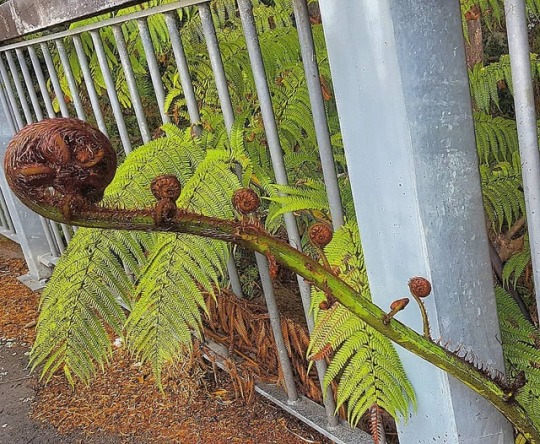
They don't call New Zealand the land of ferns for nothing. This is a mamaku or black tree fern (Cyathea medullaris) and like any fern, they are common where it is wet. This is not the whole plant, merely an unfurling frond, but the significance of an unfurling fern frond comes from it being the inspiration for a Māori symbol known as the koru. The koru symbolizes creation, growth, strength and peace. #plant #plants #fern #ferns #treefern #treeferns #newzealandfern #newzealandferns #plantae #pteridophyta #pteridopsida #cyatheales #cyatheaceae #cyathea #sphaeropteris #cyatheamedullaris #mamaku #newzealandplants #biodiversity #plantsofinstagram #fernfrond #fernfronds #koru #maorisymbols #maorisymbol #flora #vascularplant #vascularplants #newzealandtreefern #newzealandtreeferns (at Albany, New Zealand) https://www.instagram.com/p/BwyrssVBeNZ/?utm_source=ig_tumblr_share&igshid=qkn7ioio3a2v
#plant#plants#fern#ferns#treefern#treeferns#newzealandfern#newzealandferns#plantae#pteridophyta#pteridopsida#cyatheales#cyatheaceae#cyathea#sphaeropteris#cyatheamedullaris#mamaku#newzealandplants#biodiversity#plantsofinstagram#fernfrond#fernfronds#koru#maorisymbols#maorisymbol#flora#vascularplant#vascularplants#newzealandtreefern#newzealandtreeferns
5 notes
·
View notes
Photo
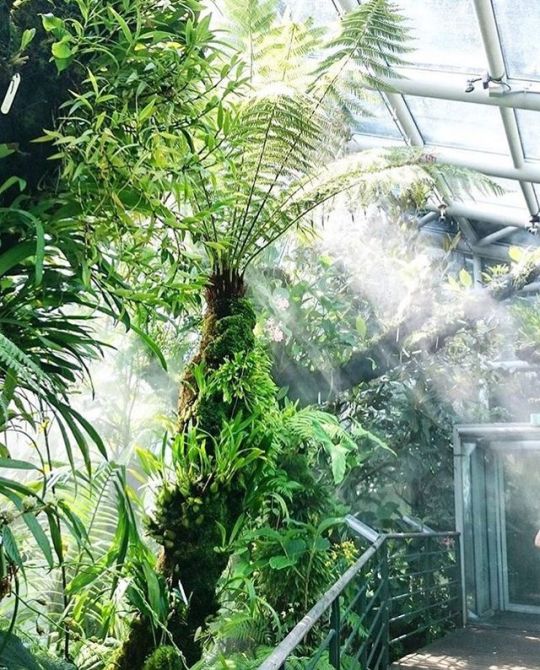
Spectacular tree fern at the Singapore Botanic Gardens 🇸🇬 captured by 📷 @zqqyjml #cyatheales #treefern #komerebi (at Singapore Botanic Gardens)
9 notes
·
View notes
Photo
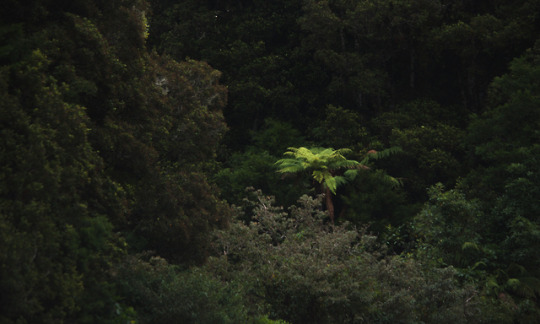
WEST COAST (SOUTH ISLAND)
New Zealand, March 2019.
1 note
·
View note
Text
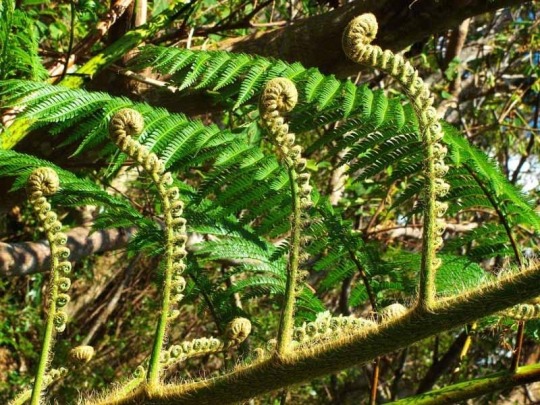


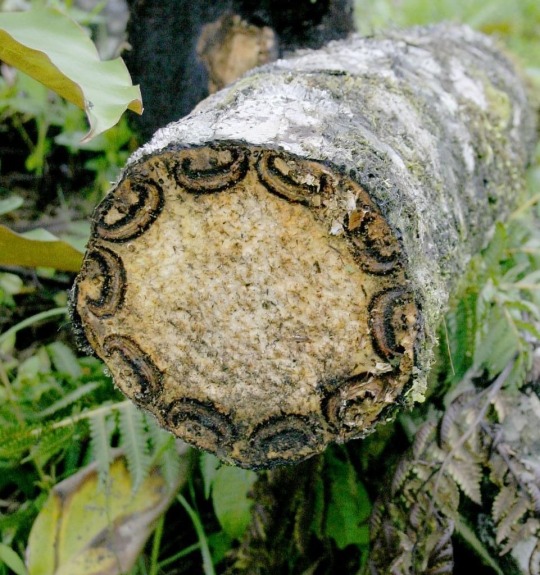
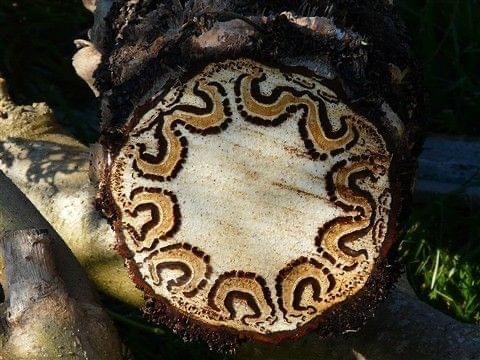


The Flying Spider-monkey Tree Fern 🌿
Sphaeropteris lepifera, synonym Cyathea lepifera, the brush pot tree, is a tree fern that grows in the mountains of East and Southeast Asia, which can grow up to 20 feet tall. The plant has existed for over 300 million years and is considered a living fossil. Wikipedia
Class: Polypodiopsida
Kingdom: Plantae
The tree ferns are the ferns that grow with a trunk elevating the fronds above ground level. Most tree ferns are members of the "core tree ferns",
belonging to the families Dicksoniaceae, Metaxyaceae, and Cibotiaceae in the order Cyatheales.
Wiki: https://en.wikipedia.org/wiki/Sphaeropteris_lepifera
3K notes
·
View notes
Text
STARTER FOR @tenaciousellie
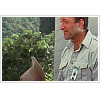
Hammond had given the guests scarcely a second of rest, whisking them through the Visitor's Center and surrounding grounds. Muldoon hadn't seen much of the group, outside of the short encounter at the Raptor Pen, before they disappeared to dinner. There was a call from the mainland in the meantime: the helicopter with John's grandkids was delayed. Unfortunately not cancelled, as he'd hoped, but enough to give another thirty minutes to an hour. Perhaps even additional time to discuss the park, and the habitats for the animals with the specialists...if he could even locate a single one of them.
He spied the paleobotanist near the exterior cafe and strode over, rotating his hat within his hands. She and Grant were the ones he needed to discuss the animals and landscapes with most.
"Dr. Sattler, could I have a word with you? It's about the landscapes throughout the island," Robert came up beside her, "to make certain you had the everything you needed to properly assess the park, you know?" He nodded to tall tree ferns bordering the patio. “An extinct species of Cyatheales, if I recall right.”
John had already insisted otherwise, saying they’d allow the scientists to worry about the details the next day, but Muldoon knew better than to listen to him. Hammond cared about their seal of approval and little else.
21 notes
·
View notes
Photo
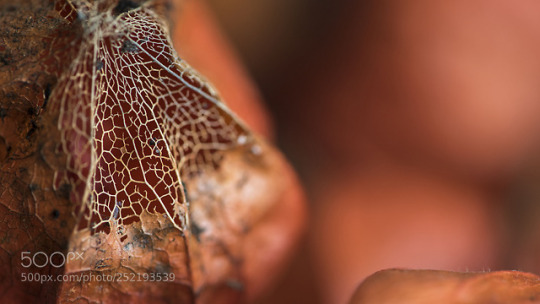
Fourcolor Macro: Schärfe-und Unschärfe / Sharpness and blur by tomsfotoart
#lampion#struktur#blätter#blüte#blume#flora#floral#weather#leaf#botanical#color#macro#cyatheales#trac
0 notes
Photo
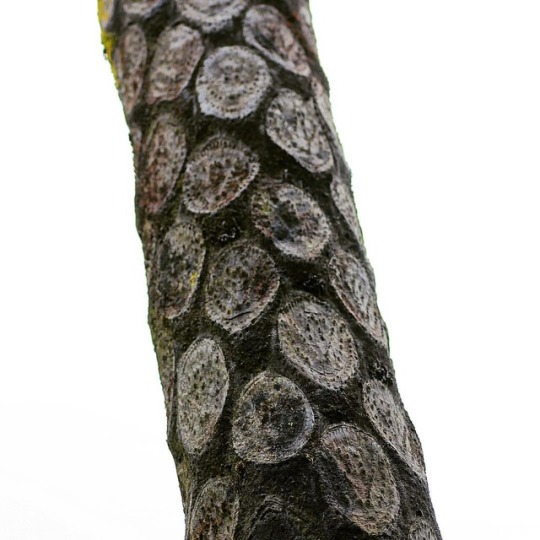
Interesting Rough #TreeFern #trunk 🌴seen on the #queencharlottetrack #marlboroughsounds 👍 #NewZealand #NZ 🇳🇿 #cyatheales #dicksonia #Wheki 😉 #livingfossil #nativeforest 👌 (at Queen Charlotte Track)
#treefern#queencharlottetrack#cyatheales#newzealand#trunk#dicksonia#wheki#nativeforest#marlboroughsounds#nz#livingfossil
0 notes
Photo

Cyatheales Carnivorous
A vegan’s worst nightmare... in more ways than one.
Source
Creator: LordObliviontheGreat
#lego#bionicle#animal#animal shape#Prehistoric Animal#chimera#splice#gene splicing#hybrid#dinosaur#saurian#reptile#reptilian#carnivores#raptor#velociraptor#plants#plant#carnivorous plants#plant monster#leaves#eyes#multiple eyes#red#red eyes#claws#tail#rat#rat tail#fern
19 notes
·
View notes
Text
Tropical Plants Research
VisCom In Context 1 - Year 1 - Term 2
(7 March 2019)
I thought of illustrating the Amazon rain forest in some way so I started by looking at some plants that typically grow in that region.
https://de.wikipedia.org/wiki/Tropischer_Regenwald
https://en.wikipedia.org/wiki/Tropical_rainforest
Liana:
https://de.wikipedia.org/wiki/Liane_(Pflanze)
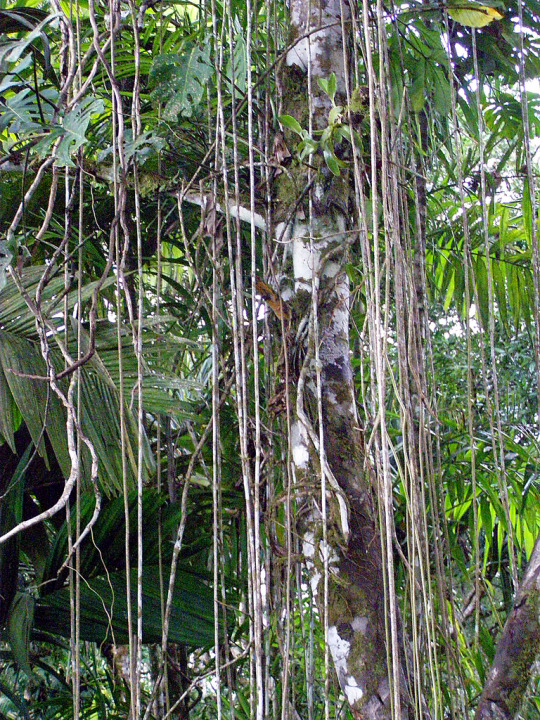
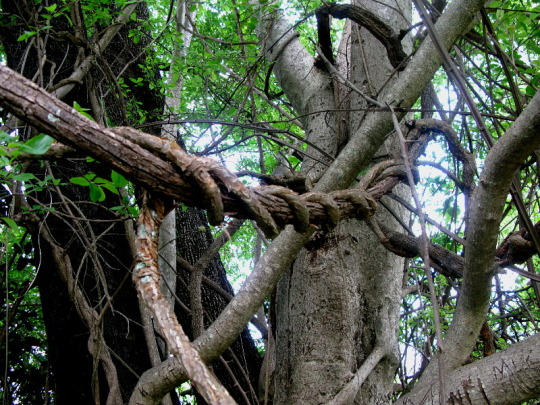
Cyatheales:
https://en.wikipedia.org/wiki/Cyatheales
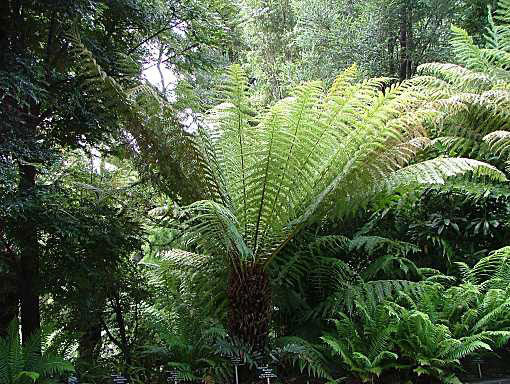

0 notes
Photo
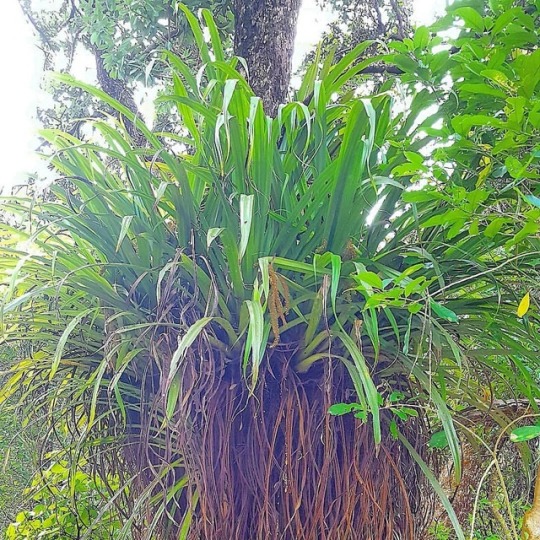
During the daytime part of my @habitat_tours Tawharunui Day/Night, I got to take pictures of the various flora, indigenous or endemic, to New Zealand. The following include: 1. Widowmaker or Kahakaha (Collospermum hastatum) 2. Nikau (Rhopalostylis sapida) 3. Kaponga or silver fern (Cyathea dealbata), a New Zealand icon 4. New Zealand oak or titoki (Alectryon excelsus) #plants #plant #newzealandplants #plantae #trees #monocots #eudicots #tree #sapindales #arecales #asparagales #cyatheales #sapindaceae #arecaceae #asteliaceae #cyatheaceae #alectryon #alectryonexcelsus #rhopalostylis #rhopalostylissapida #astelia #asteliahastata #alectryon #alectryonexcelsus #widowmaker #kahakaha #nikau #kaponga #silverfern #titoki (at Tawharunui Regional Park, Tawharunui) https://www.instagram.com/p/Bxm8sz3FRu8/?igshid=i06xfczs710g
#plants#plant#newzealandplants#plantae#trees#monocots#eudicots#tree#sapindales#arecales#asparagales#cyatheales#sapindaceae#arecaceae#asteliaceae#cyatheaceae#alectryon#alectryonexcelsus#rhopalostylis#rhopalostylissapida#astelia#asteliahastata#widowmaker#kahakaha#nikau#kaponga#silverfern#titoki
0 notes
Photo
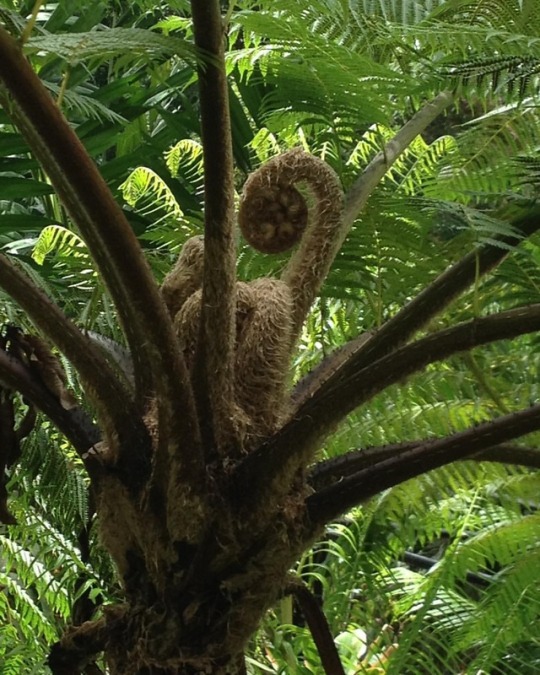
Caleruega, Nasugbu, Batangas Philippines Tree ferns (Cyatheales) The order Cyatheales, which includes the tree ferns, is a taxonomic division of the fern class, Polypodiopsida. No clear morphological features characterize all of the Cyatheales, but DNA sequence data indicate the order is monophyletic. Some species in the Cyatheales have tree-like growth forms, but others have rhizomes. Some species have scales on the stems and leaves, while others have hairs. However, most plants in the Cyatheales are tree ferns and have trunk-like stems up to 10 metres (33 ft) tall. It is unclear how many times the tree form has evolved and been lost in the order. Source ➡️ Garden Answers app (at Caleruega Retreat House - Nasugbu, Batangas)
0 notes
Text
The tree growth habit is an evolutionary adaptation found in different groups of plants: by growing taller, trees are able to compete better for sunlight.[13] Trees tend to be tall and long-lived,[14] some reaching several thousand years old.[15] Trees have modified structures such as thicker stems composed of specialised cells that add structural strength and durability, allowing them to grow taller than non-woody plants and to spread out their foliage. They differ from shrubs, which are also woody plants, by usually growing larger and having a single main stem;[5] but the distinction between a small tree and a large shrub is not always clear,[16] made more confusing by the fact that trees may be reduced in size under harsher environmental conditions such as on mountains and subarctic areas. The tree form has evolved separately in unrelated classes of plants in response to similar environmental challenges, making it a classic example ofparallel evolution. With an estimated 60,000-100,000 species, the number of trees worldwide might total twenty-five per cent of all living plant species.[17][18] The greatest number of these grow in tropical regions and many of these areas have not yet been fully surveyed by botanists, making tree diversity and ranges poorly known.[19]  Tall herbaceous monocotyledonous plants such as banana lack secondary growth, and are trees only in a loose sense. Trees exist in two different groups of vascularor higher plants, the gymnosperms and theangiosperms. The gymnosperm trees includeconifers, cycads, ginkgophytes and gnetales; they produce seeds which are not enclosed in fruits, but in open structures such as pinecones, and many have tough waxy leaves, such as pine needles.[20] Most angiosperm trees are eudicots, the "true dicotyledons", so named because the seeds contain twocotyledons or seed leaves. There are also some trees among the old lineages of flowering plants called basal angiosperms or paleodicots; these include Amborella,Magnolia, nutmeg and avocado,[21] while trees such as bamboo, palms and bananas are monocots. Wood gives structural strength to the trunk of a tree; this supports the plant as it grows larger. The vascular system of trees allows water, nutrients and other chemicals to be distributed around the plant, and without it trees would not be able to grow as large as they do. Trees, as relatively tall plants, need to draw water up the stem through the xylem from the roots by the suction produced as water evaporates from the leaves. If insufficient water is available the leaves will die.[22] The three main parts of trees include the root, stem, and leaves; they are integral parts of the vascular system which interconnects all the living cells. In trees and other plants that develop wood, the vascular cambium allows the expansion of vascular tissue that produces woody growth. Because this growth ruptures the epidermis of the stem, woody plants also have a cork cambiumthat develops among the phloem. The cork cambium gives rise to thickened cork cells to protect the surface of the plant and reduce water loss. Both the production of wood and the production of cork are forms of secondary growth.[23] Trees are either evergreen, having foliage that persists and remains green throughout the year,[24] or deciduous, shedding their leaves at the end of the growing season and then having a dormant period without foliage.[25]Most conifers are evergreens but larches (Larix and Pseudolarix) are deciduous, dropping their needles each autumn, and some species of cypress (Glyptostrobus,Metasequoia and Taxodium) shed small leafy shoots annually in a process known ascladoptosis.[5] The crown is a name for the spreading top of a tree including the branches and leaves,[26] while the uppermost layer in a forest, formed by the crowns of the trees, is known as the canopy.[27] A sapling is a young tree.[28] Many tall palms are herbaceous[29] monocots; these do not undergo secondary growth and never produce wood.[9][10] In many tall palms, the terminal bud on the main stem is the only one to develop, so they have unbranched trunks with large spirally arranged leaves. Some of the tree ferns, order Cyatheales, have tall straight trunks, growing up to 20 metres (66 ft), but these are composed not of wood but of rhizomes which grow vertically and are covered by numerous adventitious roots
0 notes
